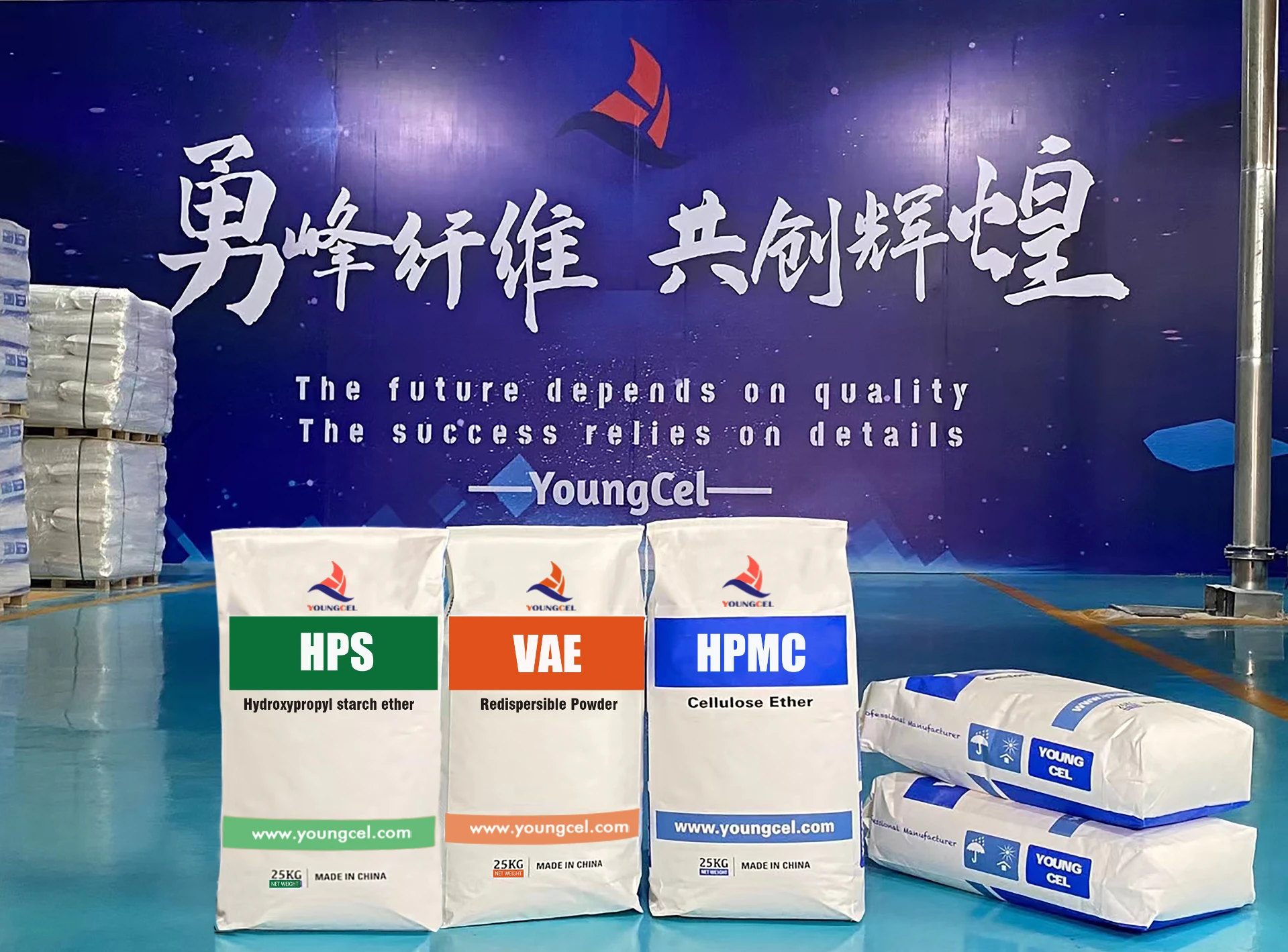The Versatile Applications of Hydroxypropyl Methylcellulose (HPMC) in Modern Industries
Hydroxypropyl Methylcellulose (HPMC) is a versatile cellulose derivative that has gained immense popularity across various industries due to its unique properties and functionalities. This non-ionic, water-soluble polymer is synthesized from the natural polymer cellulose, which is derived from wood or cotton fibers. The chemical modification process enhances the solubility and usability of HPMC, making it a prevalent ingredient in pharmaceuticals, food, construction, and personal care products.
Composition and Properties
HPMC is characterized by its substituted hydroxypropyl and methoxy groups, which not only improve its solubility in cold water but also impart a range of useful physical properties. The degree of substitution of hydroxypropyl and methoxy groups can be tailored, allowing manufacturers to modify the viscosity and gelation properties of the polymer. Typically, HPMC is available in various grades, which determines its molecular weight and viscosity levels. This versatility allows formulators to select specific grades to meet the requirements of their applications.
One of the most significant advantages of HPMC is its emulsifying capacity. It can stabilize heterogeneous mixtures, making it crucial in industries such as food and cosmetics, where consistent texture and stability are vital. Additionally, HPMC is non-toxic and biodegradable, aligning with the growing demand for environmentally friendly materials.
Pharmaceutical Applications
In the pharmaceutical industry, HPMC serves as a critical excipient in drug formulation. Its ability to form gels makes it an excellent binder in tablet formulations, enhancing the uniformity and mechanical strength of the tablets. Furthermore, HPMC is used to create controlled-release drug delivery systems, where it aids in the gradual release of active pharmaceutical ingredients (APIs) over extended periods. This characteristic is particularly beneficial in managing chronic conditions, as it allows for sustained therapeutic effects while reducing the frequency of dosing.
Moreover, HPMC is often incorporated into ophthalmic solutions as a thickening agent and lubricant, providing relief for dry eyes by enhancing moisture retention
. Its use in pharmaceutical applications underscores its importance in ensuring patient compliance and optimizing drug efficacy.Food Industry Applications
chemic cellulos hpmc hydroxypropyl methyl

In the food sector, HPMC is admired for its multifunctional capabilities, primarily as a thickening agent, emulsifier, and stabilizer. It is commonly used in sauces, dressings, and bakery products, where it improves texture, prevents separation, and prolongs shelf life. HPMC is also gluten-free, making it an attractive option for gluten-free baking, where it helps to retain moisture and improve the structure of baked goods.
Moreover, the growing trend of healthy eating has prompted manufacturers to explore HPMC as a fat replacer in low-fat and reduced-calorie foods. Its ability to mimic the creamy texture of fats without the associated calories makes it a valuable ingredient in health-conscious formulations.
Construction Industry Applications
The construction industry has also recognized the benefits of HPMC, particularly in the formulation of cement and mortar. Its water-retention properties help to extend the working time of the materials, allowing for better application and finishing. Additionally, HPMC improves the adhesion of cementitious materials to surfaces, enhancing the overall durability and performance of construction projects.
Personal Care and Cosmetic Applications
Lastly, HPMC is widely utilized in personal care and cosmetic products. It acts as a thickening agent in lotions, creams, and gels, providing desired texture and stability. Its film-forming abilities enhance the performance of hair styling products, improving hold and moisture retention. Given its non-toxic nature, HPMC is a preferred ingredient in formulations intended for sensitive skin.
Conclusion
In summary, Hydroxypropyl Methylcellulose (HPMC) is a remarkable polymer with diverse applications across multiple industries, including pharmaceuticals, food, construction, and personal care. Its unique properties enable it to function as a thickener, binder, and stabilizer while also offering eco-friendly advantages. As manufacturers continue to seek innovative solutions to meet modern consumer demands, HPMC is poised to remain an essential ingredient in a multitude of formulations, highlighting its vital role in advancing product functionality and sustainability.
-
Rdp Powder: Key Considerations for Wholesalers in the Building Materials IndustryNewsJul.08,2025
-
Key Considerations for Wholesalers: Navigating the World of Hpmc - Based ProductsNewsJul.08,2025
-
Hpmc Detergent: Key Considerations for WholesalersNewsJul.08,2025
-
Key Considerations for Wholesalers: China Hpmc For Tile Adhesive, Coating Additives, Concrete Additives, and MoreNewsJul.08,2025
-
Crucial Considerations for Wholesalers: Navigating the World of Construction MaterialsNewsJul.08,2025
-
Key Considerations for Wholesalers Sourcing Additive For Cement, Additive For Concrete, Additive For Putty from Additive Manufacturer Shijiazhuang Gaocheng District Yongfeng Cellulose Co., Ltd.NewsJul.08,2025




